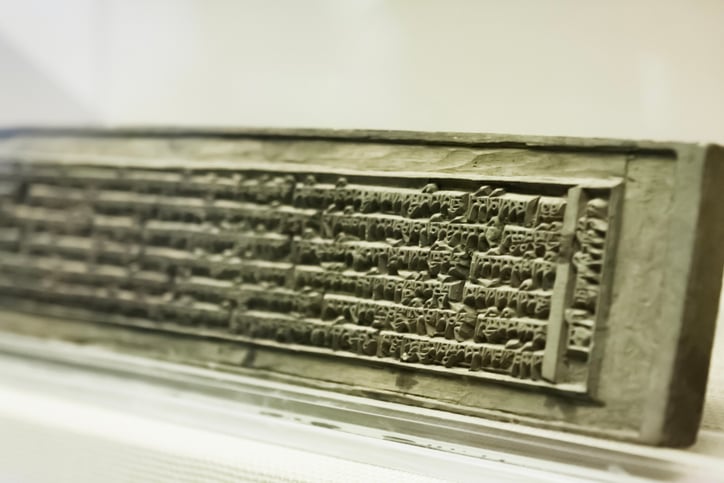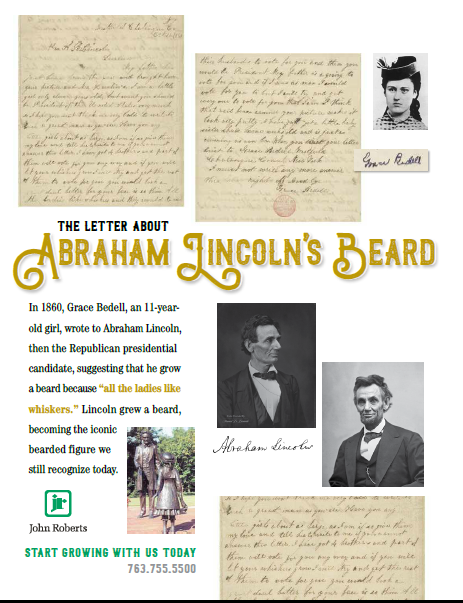
READ MORE
The Year was 1040

READ MORE
Fulfillment
Important Things Come In Envelopes!

READ MORE
Design


Fulfillment

Design